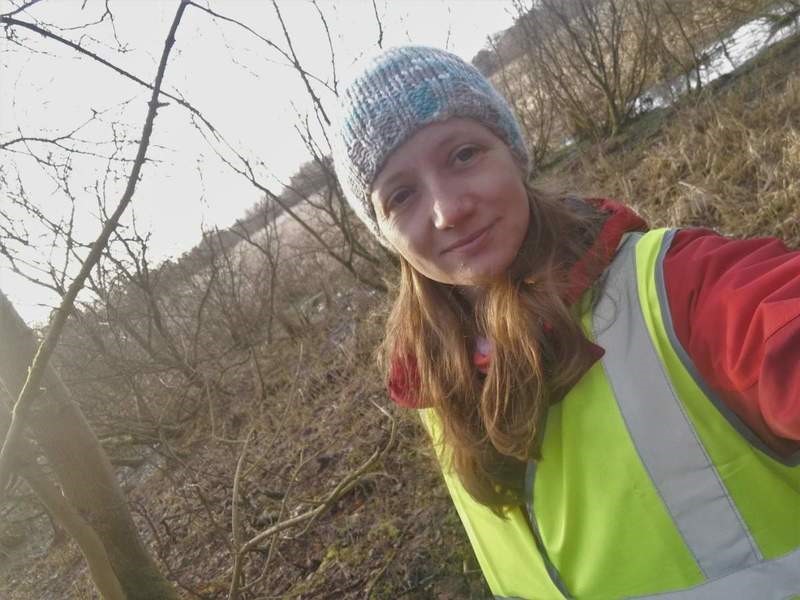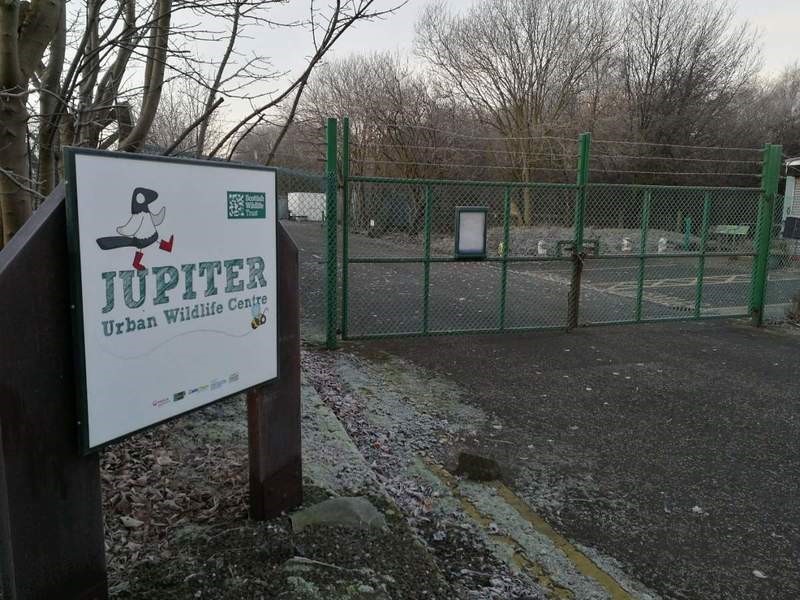“Why not?”
When I first got an email from the school’s administration office on the possibility of internship via the Erasmus exchange, I initially said, “Why not?”. I had been on student exchange once before; 3 years before, my classmate and I had been on internship in Split. There was only one spot available this time, which meant that wherever I go, I go alone. This was also the reason I hesitated in my final decision. I was thinking for a long time and forgot about everything for a while until Klemen reminded me of another opportunity for international internship. I have listed more reasons for going than against it, so I decided to overcome my fear and applied at the last minute.
The first step was taken.
Choosing a country was next and then finding a suitable organisation to work in. I have always been attracted by northern countries, so I decided to spend the winter in Scotland while improving my communication in English and get to know the charming dialect of the Scottish language.
Searching for the internship organisation
In search of a suitable institution for my internship, I focused on organisations that care for nature conservation and protection. It was important for me to do as much work as possible outside, in the field. I wrote a good cover letter, attached a CV and started sending emails to various companies and organisations… I received a quick and positive response from the Scottish Wildlife Trust, which takes care of nature reserves throughout Scotland. The communication was smooth and we quickly agreed to spend January and February with them. I quickly found the accommodation, too.
Countdown until departure.
The day came when I boarded the plane and flew on a two-month adventure – 2000km away. I landed in Edinburgh and took a train to Polmont, where my landlady – the lady of the house I lived in – waited for me at the railway station.
I lived in Grangemouth with an elderly lady named Melanie. Grangemouth is about halfway between Edinburgh and Glasgow. The town itself is nothing special, very industrial with large chimneys and constantly smoking cooling towers. My organisation has one of its “base camps” here. I had about a half an hour walk to get there, which was a pleasant morning recreation.

“My base”
The Jupiter Urban Wildlife Centre is a kind of a branch of the entire Scottish Wildlife Trust organisation managing 120 natural reserves with a total area of 20,000 hectares. These areas are various meadows, ponds, swamps, coastal areas, river embankments… The area Jupiter stands on was once the location of a chemical plant. A centre was set up here with the help of the local community and other donors, and includes a park - a reserve, a classroom and a ranger’s workshop. Besides preserving wildlife, they pay a lot of attention to raising awareness on the importance of protecting animals, plants and habitats, especially of schoolchildren. Most nature conservation organisations in Scotland operate on a charitable basis, which means they obtain funding from sponsors or donors. Precisely because they have limited funds, they have special volunteer programs and anyone can participate, either on a daily basis or in the longer term. My internship was within the scope of such a programme.

Cultural differences
It took me a while to get used to driving on the “wrong side of the road”. The van door on the left, driving on the left, the driver on the right and you don’t turn left in the roundabout, but go left. Even English didn't sound like English I know, so the phrases “Pardon? Excuse me? Sorry, what?” were quite common at the beginning. But I got used to it or I was simply nodding out of courtesy if I really didn’t understand. Fortunately, my mentor didn't have a typical Scottish accent, so we didn't have any communication issues.
Internship
I spent my first day, which was also the first day of the new year for other employees, more or less getting to know the centre, the employees, their activities and history. On the second day, my mentor Keith and I drove for about half an hour to a remote reserve, where we had to remove a fallen tree from the path.
We checked the rest of the reserves and carried out various tasks necessary on the days that followed. In most cases, this meant cutting trees, repairing the fence, collecting garbage… Every day another reserve. As for the weather, I was quite lucky as I did not experience the famous “Scottish weather” very often. If the weather was really bad (snow), we stayed in the centre making feeders for squirrels and birds.

I did the internship four times a week, Monday to Thursday. My mentor and I were working alone at first, and after 14 days one-day volunteers started joining us, mostly on Wednesdays and Thursdays. At best, there were 6 of us. A Spanish student Francisco joined us in mid-January, who, like me, came for the internship. The working day started by getting together at nine in the morning in the centre, where we discussed the daily tasks, loaded the necessary tools into the van and drove to the reserve. Our daily tasks depended on the reserve we visited. It was necessary to restore the walking paths in some places and replace the flooded bridge, cut the ivy off the fence, put up a fence elsewhere, replace the doors, cut the trees down… At the end of the workday, we drove back, unloaded the van and put away the tools. I liked the job as it was very diverse and in various locations. Thus, I got to know different corners of green Scotland while working. I have seen other parts of Scotland while driving to those locations, and my mentor told me many interesting things and stories. I’ve learned a lot of useful things that aren’t exactly known for being mastered by women; from hammering nails, cleaning a chainsaw to cutting wood.

If you're thinking about internship or exchange, and if you are hesitant to go, my advice is clear – go! It can be difficult at first, because you are alone in a new place, among unknown people, but you get used to it quickly and start enjoying your new and changed everyday life. You learn a lot of new things, meet new people and see other parts of the world.
You won't be sorry, I wasn't either.